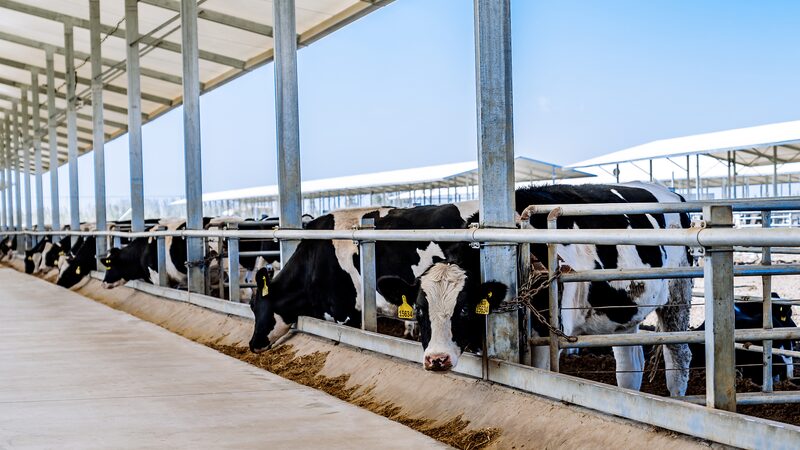A single genetic tweak in the H5N1 bird flu virus—now spreading among U.S. dairy cows—could make it easier to jump to humans, according to a groundbreaking study published Friday in Science. 🧬
Researchers at Scripps Research tested the H5N1 strain from the first U.S. human case linked to cows and found a mutation called Q226L in the virus's HA protein. This tiny change lets the virus prefer human cell receptors over bird ones, like swapping a lockpick for a master key. 🔑
While current cow-derived H5N1 hasn’t spread between humans, the discovery sounds an alarm. ‘This shows how close we might be to a tipping point,’ one scientist warned. Cases in people so far have come from direct contact with infected animals—think poultry farms or milking stations. 🐔🥛
The NIH, which funded the study, stressed the need for 24/7 surveillance to catch worrying mutations early. Because in the viral world, one small change can rewrite the rules. 🌍👩🔬
PSA: Safe milk practices (pasteurization!) and protective gear for farm workers remain critical shields while science races to stay ahead. 🛡️
Reference(s):
cgtn.com




